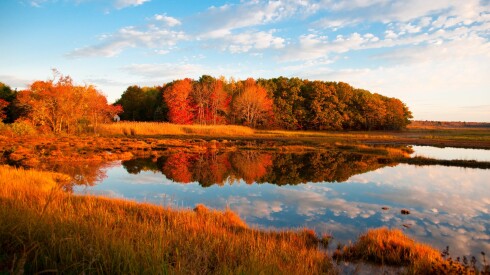Tehran isn’t where you’d expect to find a thriving avant-garde art scene—especially not one where radical females reign. But the election of a moderate leadership in 2013 opened the door for just that. Curator Faryar Javaherian, who has helped nurture this fragile movement, explains.
What is the role of women in Tehran’s art scene today?
Iran is not like Pakistan or Saudi Arabia; women here have been emancipated for centuries. But when the revolution happened in 1979, many female artists—like Monir Farmanfarmaian, an avant-garde sculptor who was friends with Andy Warhol—fled the country. Today though, there are around 500 galleries in Tehran, many owned by women, all showing art made by women.
How did that change come about?
In August 2013, Hassan Rouhani, who is up for his last reelection next year, became president, and the atmosphere became more open. Fewer women are being arrested for “bad hijab”—dress code violations. In the past, about one in 10 concerts would be quashed by the government. Now it’s more like one in three. I’d say there’s more space now for artists to express themselves. [[[slideshow_id#204]]]Are artists still finding boundaries to push?
Yes, plenty of Iranian artists living abroad have crossed lines—like partial nudity or even nudity—in their work. If they came back, they would go straight to jail. A lot of art right now, particularly by young artists, is political and provocative. Some want to see how far they can go without being caught. Some just want to get kicked out and move to Europe or America.
Whose work excites you right now?
Modernist Behjat Sadr. Farah Ossouli, who paints in miniature. I recently curated a retrospective on the late Farideh Lashai at the Tehran Museum of Contemporary Art. She’s known for a technique that combines paintings and animated video projections. In her series I Come From the Land of Ideology, she depicts herself as a small white rabbit working through opposing ideologies of Iran. I decided to show her work alongside the Western art that inspired her: Pollocks, Rothkos, Rauschenbergs. Pieces that are considered controversial here and haven’t seen the light of day since the ’70s.











